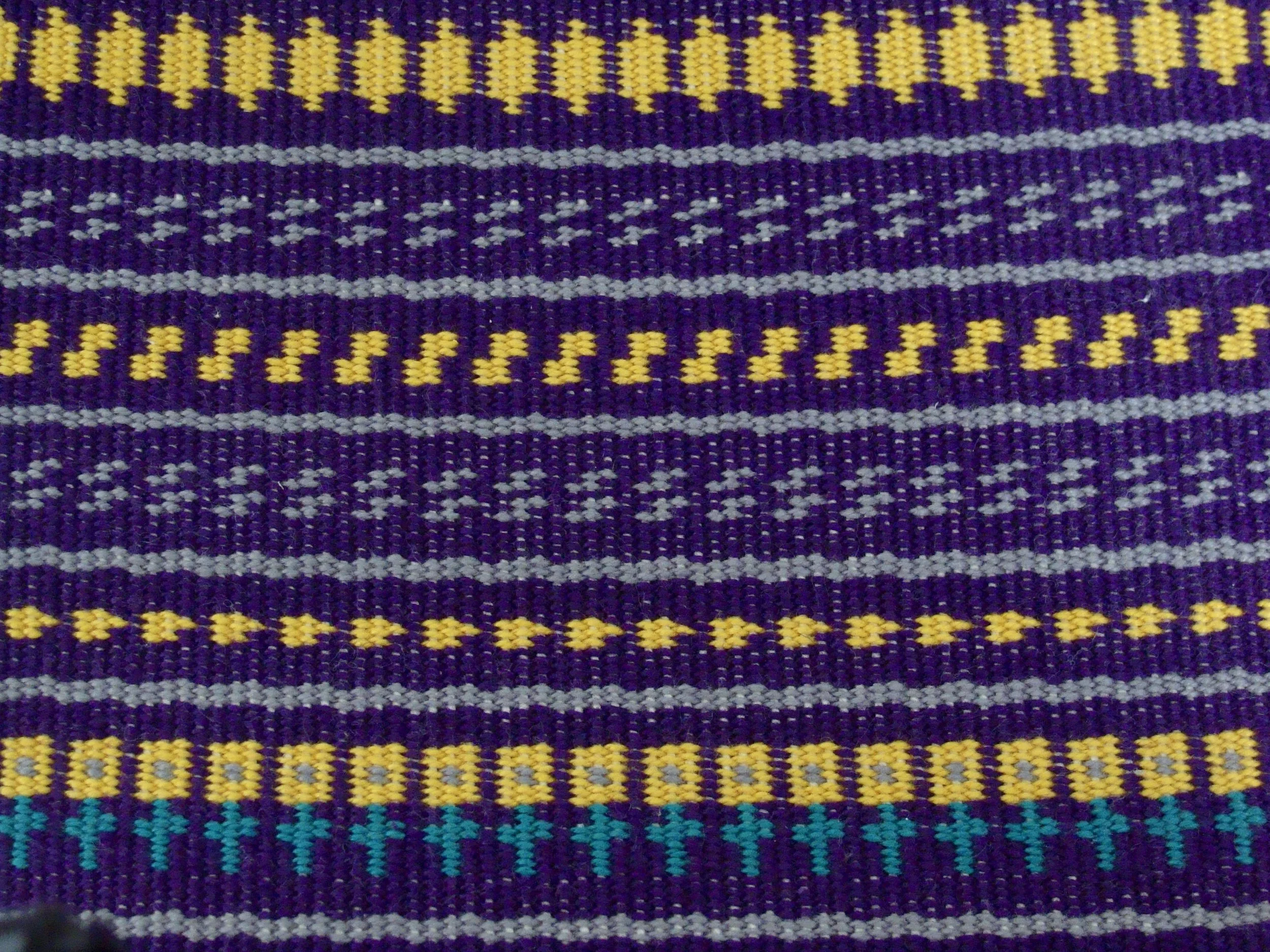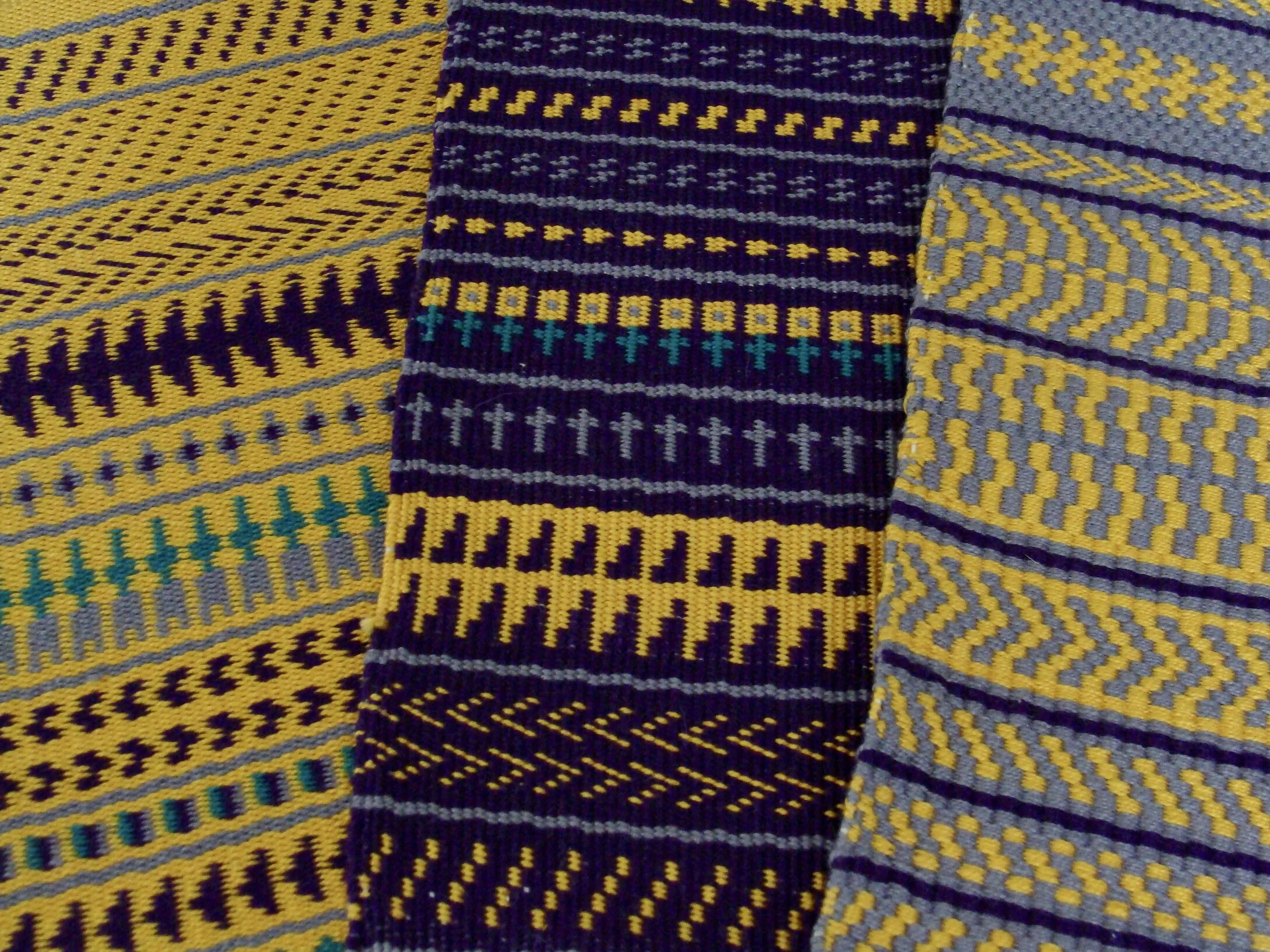The Greenlaw Tartan
A few years ago, Pete and I had the wonderful opportunity to visit Scotland. As part of our excursion, we visited Greenlaw, Scotland, located about 35 miles ESE of Edinburgh in the county of Berwickshire.
About 3 miles to the south of the village are the remains of Hume Castle. The name of Hume or Home originates from an Old English word Hôm, describing a place on a hilly outcrop or height; which aptly explains the name of the castle as it sits on just such a rocky hill. Originally built in the 13th century, the castle was destroyed by Cromwell’s invading army in 1651. So what does Home/Hume have to do with Greenlaw? According to the Clan Home website:
The first to change his style of surname to that of Home was William of Greenlaw, probably in the early 1200’s.
Thus, the Greenlaws, until recently, used the Home or Hume as their tartan.
Home-Hume tartan
That brings us to the Greenlaw tartan. The information held within The Scottish Register of Tartans for the "Greenlaw, American" tartan is shown below.
Category: Clan/Family
Registration notes: Designed by Carol Clark Worthley of Hiram, Maine in the US for the American Greenlaws to coincide with 'Greenlaw 250' a celebration in 2003 of the arrival of the Greenlaw family in America in 1753. At the inaugural meeting of the American Greenlaw Family Association, the tartan was formally adopted as the official tartan of the Association and by extension, the official tartan for the Greenlaws of North America. Copy of that resolution and associated documents held in the Scottish Tartans Authority's archives.
Greenlaw tartan
When I became interested in weaving, I thought it would be a fun project to research a little about tartans, weaving tartans, and specifically the Greenlaw tartan.
So, first, a little tartan history.
The origin and early history of the tartan is a bit of a myth. When we typically think of tartans as the proud badge of clanship associated with a particular family, in reality, this is not an ancient tradition. It is probably true that a particular design was common in a certain district of the Scottish Highlands, but this would be a coincidence of the creativity of the local weavers and the presence of certain plants yielding particular dye colors in the region.
Then, in 1746, the English defeated Scotland at the Battle of Culloden, ending Scotland as an independent nation from England. Seeking to penalize the Scots, the English barred the wearing of the tartan. When that ban was lifted in 1782, the tartan became significant to the Highlanders national spirit, being seen as an important political as well as cultural symbol. This is when the tartan rose as a clan badge and hence its preservation. Even the Scottish Lowlanders, whose tradition had been the wearing of tweeds rather than tartans, found family designs for themselves.
Historically, natural dyes would have been used. The early colors likely included orange, various shades of purple, greens ranging from turquoise to yellow-green, numerous shades and tints of blue, pinks, dusty rose, mahogany, gold, and lavender as these came from the lichens, moss, and plants that were natural in the area.
Once aniline dyes were introduced in the 19th century, the colors could be more easily replicated. These are the traditional colors we typically associate with tartans such as scarlet red, deep forest green, royal blue, clear yellow, crimson red, light azure blue, black, white, and an occasional purple and grey.
Tartan - A symmetrically crossbarred, multi-colored design of the traditional Scottish textiles. (Tidball)
All tartans, whatever the color or clan, have the same color sequence of weft as warp threads and therefore the pattern created is a series of squares – in some cases superimposed on other colors to produce more complex designs. The Tartans are woven on a straight twill threading (1,2,3,4) and woven as 2-2 balanced twill (1-2,2-3, 3-4,4-1).
The exact pattern of the warp and weft color stripes of a tartan, in other words, the number of yarn ends in each stripe of one complete design is called the sett. There is a tradition that the “Maide-deilbh” or sett-stick was the ancient means for preserving the sett of a tartan. These were the sticks on which yarns of various colors were wound to form a stripe corresponding exactly to the color sett of the tartan in the same way we use pattern drafts. It is said these sticks were jealously guarded and handed down in a family from weaver to weaver.
Greenlaw Tartan - section of warp (Balmoral blue and red)
The threadcount indicates the number and sequence of threads in each stripe of the warp and weft. The threadcount is usually provided as a series of capital letters and numbers. Each capital letter represents a color in the tartan and the number beside each letter indicates the precise number of threads required so that the weaver can set up the loom accurately.
The Greenlaw tartan threadcount:
BL92 R4 BL6 R4 BL28 G76 K6 G8 K6 G76 BL28 R4 BL6 R4
Means 92 threads of BL (blue) followed by 4 threads of R (red), 6 threads of BL (blue), 4 threads of R (red), 28 threads of BL (blue), 76 threads of G (green), 6 threads of K (black), 8 threads of G (green), 6 threads of K (black) 76 threads of G (green) 28 threads of BL (blue), 4 threads of R (red), 6 threads of BL (blue) and 4 threads of R (red)
The capital letters in the threadcount are color codes for specific shades of tartan colors. These colors can be found at the National Records of Scotland tartan register.
Greenlaw Tartan-on the loom
I wove towels as family Christmas gifts using the sett I obtained from The Scottish Register of Tartans. It uses the official shades of red and green, as well as Balmoral Blue and black. The towels are woven of 8/2 cottolin (60% cotton, 40% linen) in the traditional 2/2 twill.
What if your family or 'clan' doesn't have a tartan? Or you're not even Scottish? You can have some fun and design your own tartan using one of these sites:
http://www.house-of-tartan.scotland.net/interactive/weaver/index.html
http://www.tartansauthority.com/tartan/tartan-today/croft-weaver-tartan-designer/
Other resources you might find interesting:
The Scottish Register of Tartans
Main function is to register new tartans. Anyone, from anywhere in the world, can register a new tartan (individuals, schools and corporate groups as well as designers and weavers) providing that it meets their criteria for registration. You can also search the content of the Register which contains thousands of tartan designs.
Camillia Valley Farms
https://camillavalleyfarm.com/knit/tartanweavingyarn.htm#card
Line of 16/2 100% wool Tartan yarn imported directly from Scotland. Worsted spun and dyed in authentic colours by one of the country's oldest tartan producers, available in 23 colours.
Scottish Tartan Authority
History of tartans, tartan questions and answers, tartan search by name, color, or keyword
pillow cover I made with tartan fabric remnant - colors are not true on this photo
I'll end this post with a quote by well known weaver, Harriet Tidball, author of "The Weaver's Book of Scottish Tartans" (1962)
“From the beginning of time man has adorned as well as covered himself, and the textiles that serve as his clothing have had intrinsic and even spiritual value to him”. --- Harriet Tidball



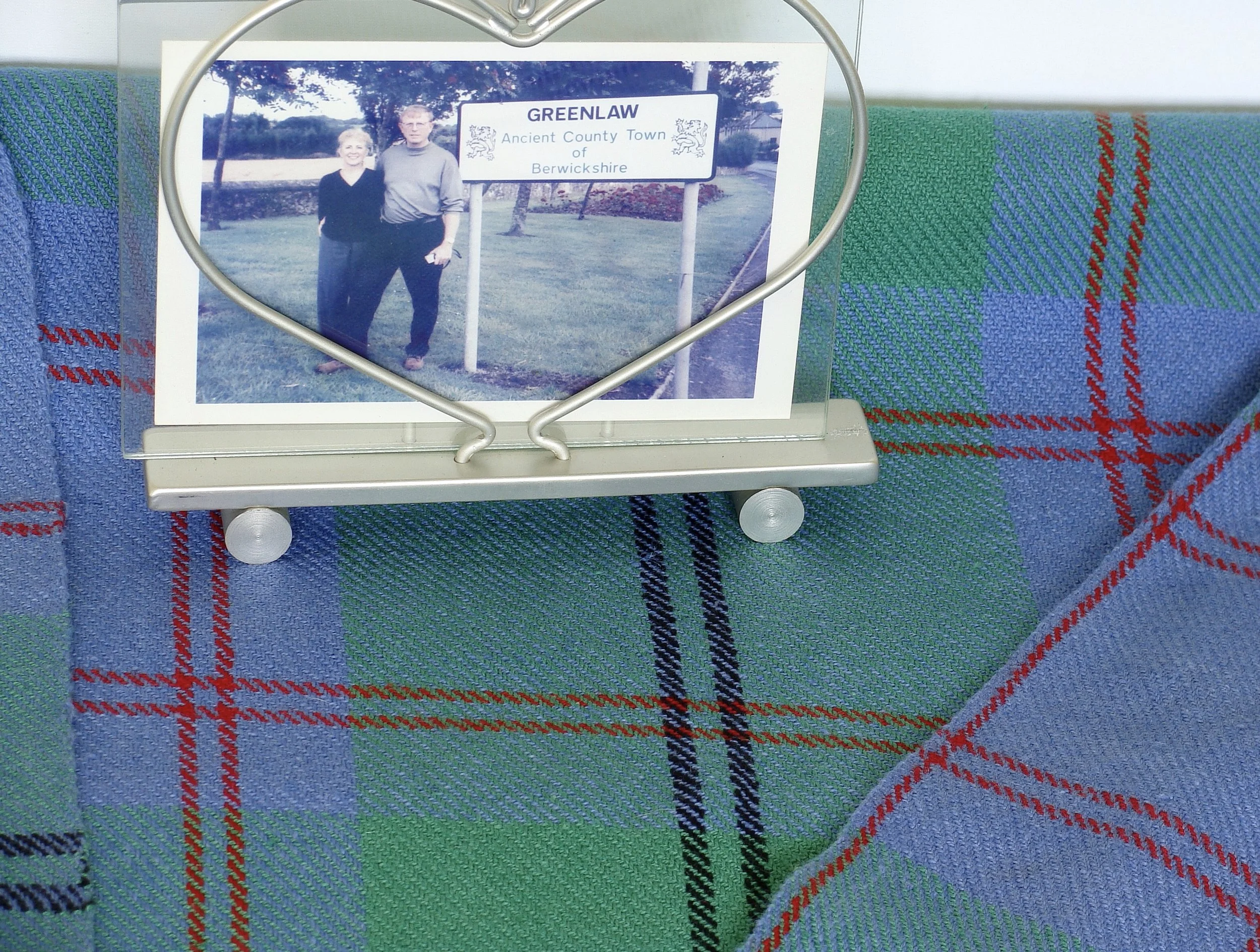






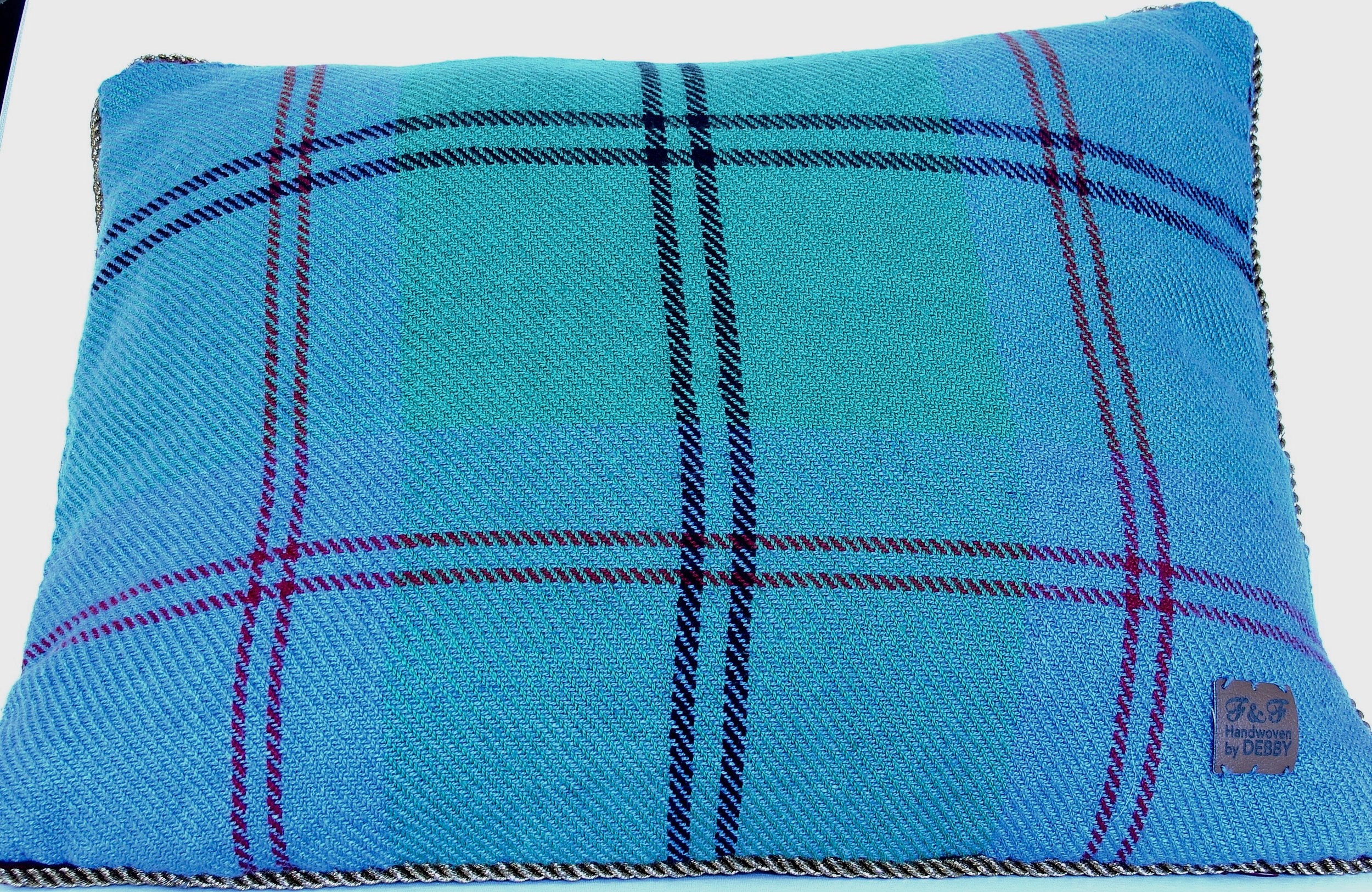
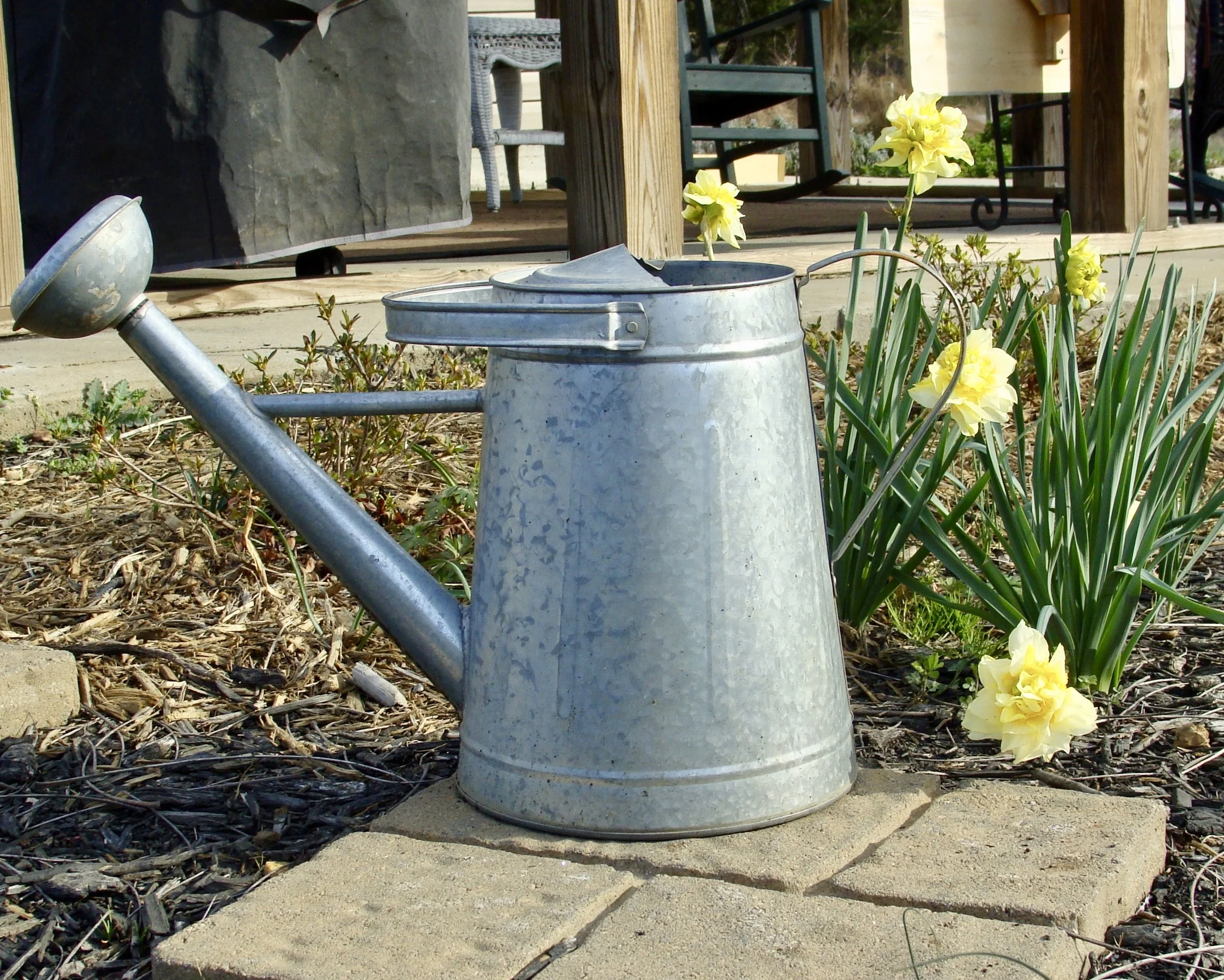
![More [Really Cute] Baby Goats](https://images.squarespace-cdn.com/content/v1/5882988c37c581fc6ad08d7b/1488227667911-V42D5N2MO4NQ1G4Q7K6S/DSC06990.JPG)
